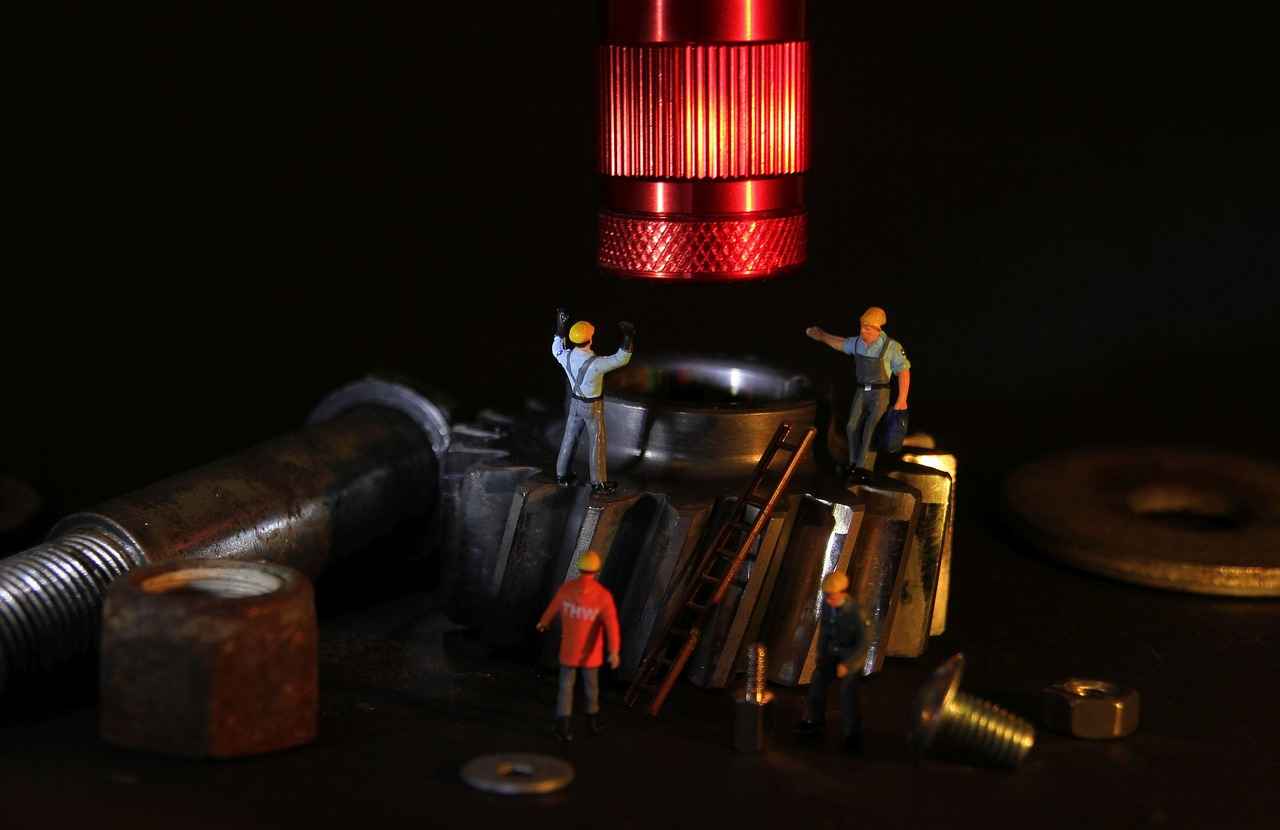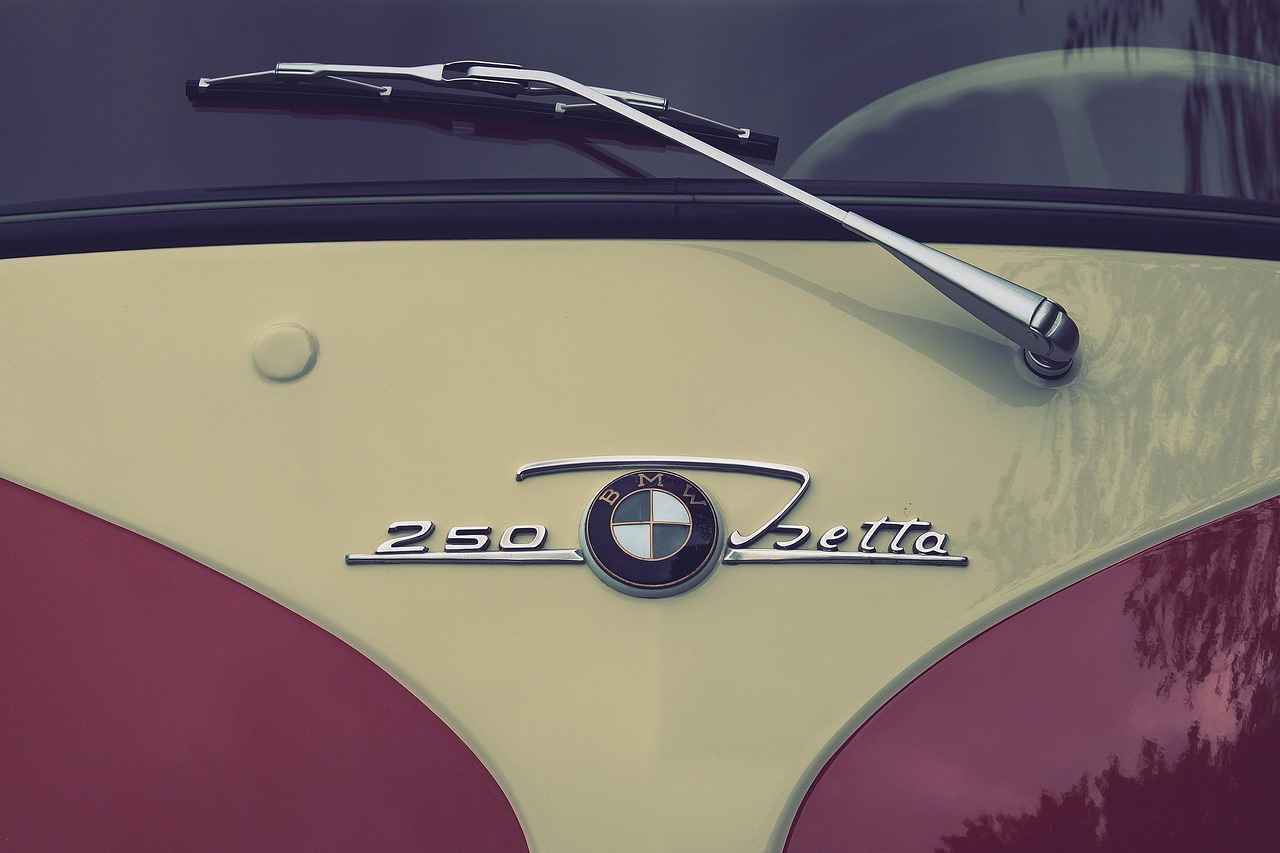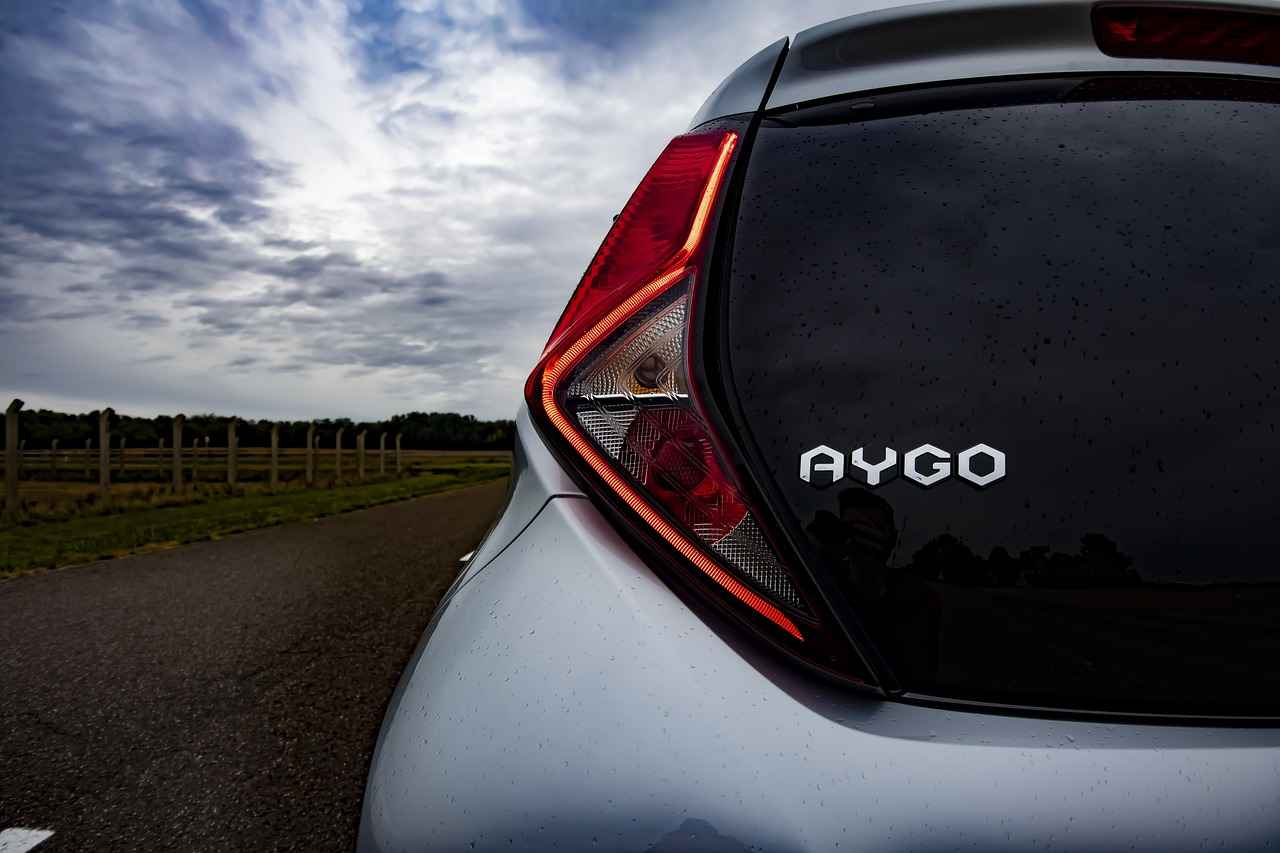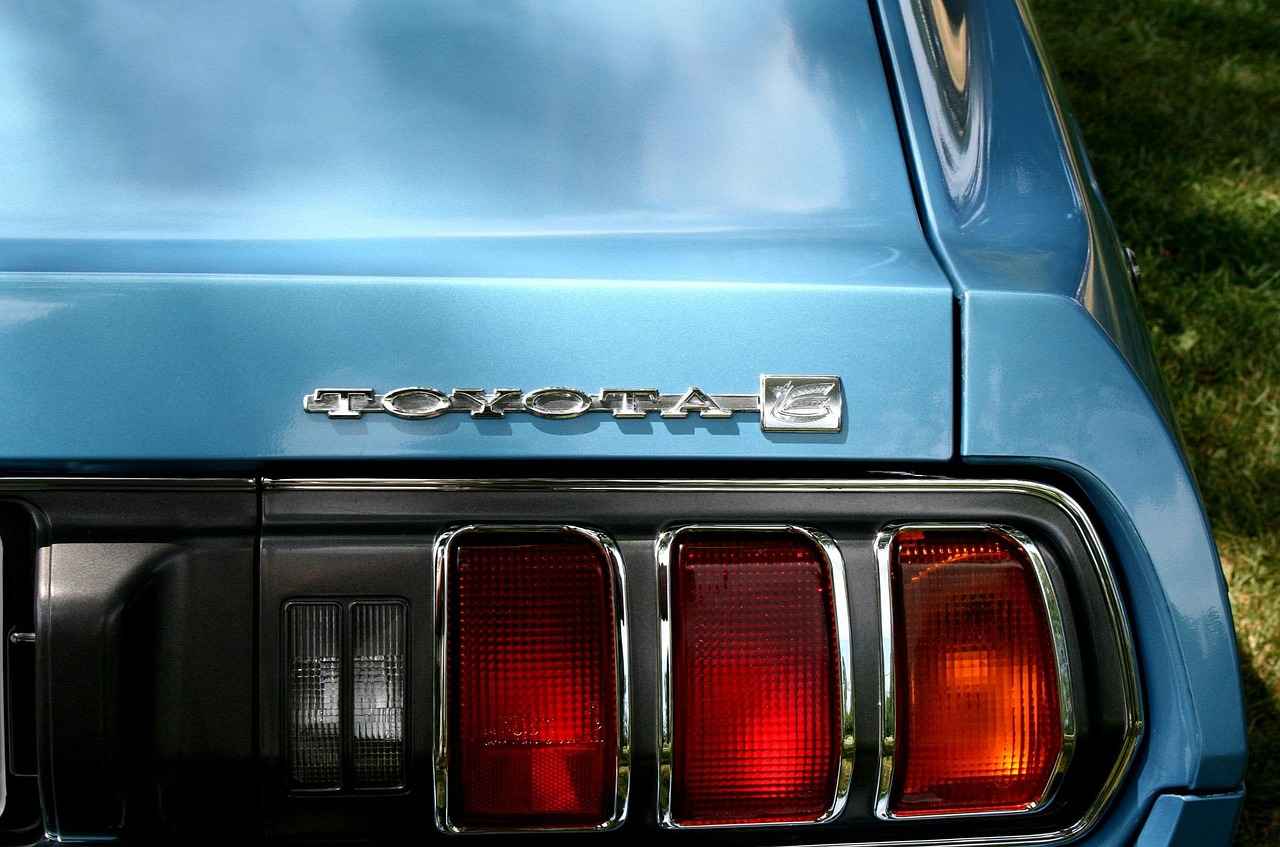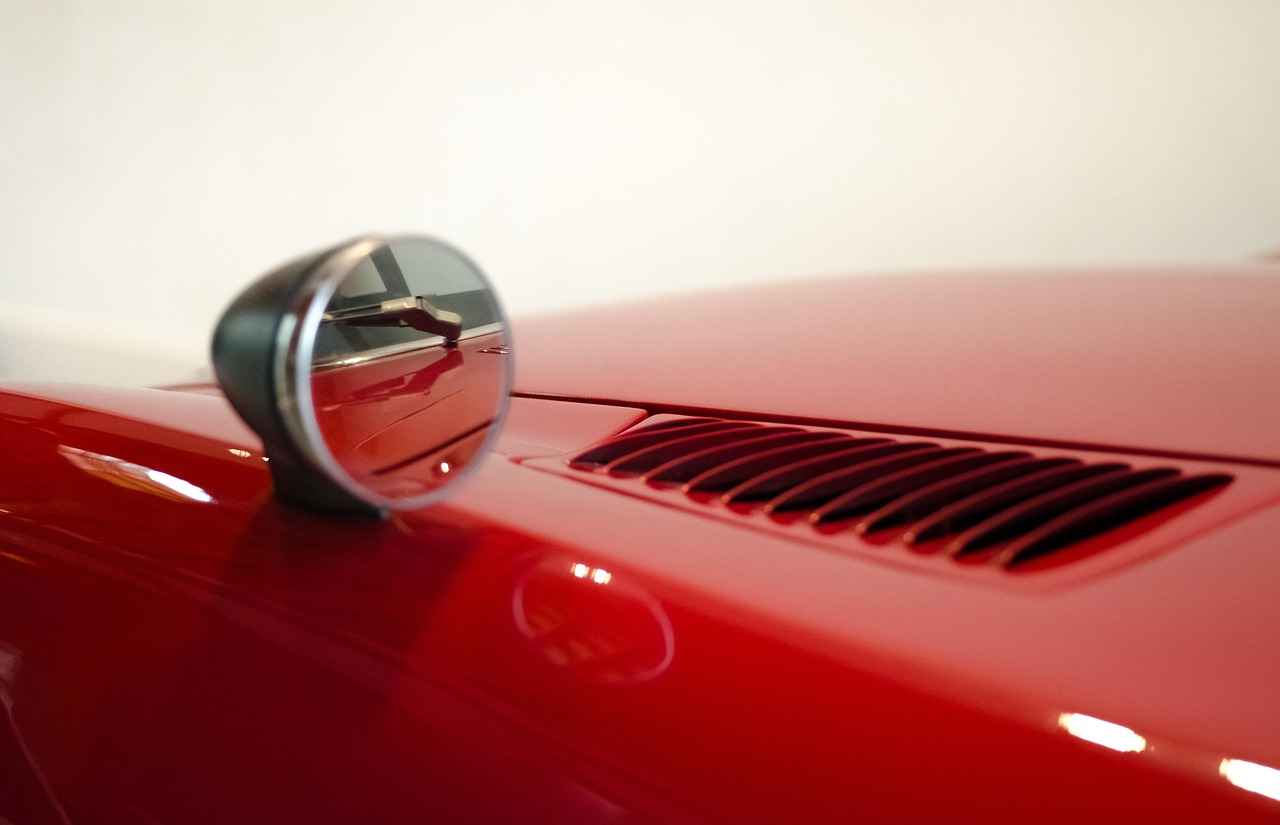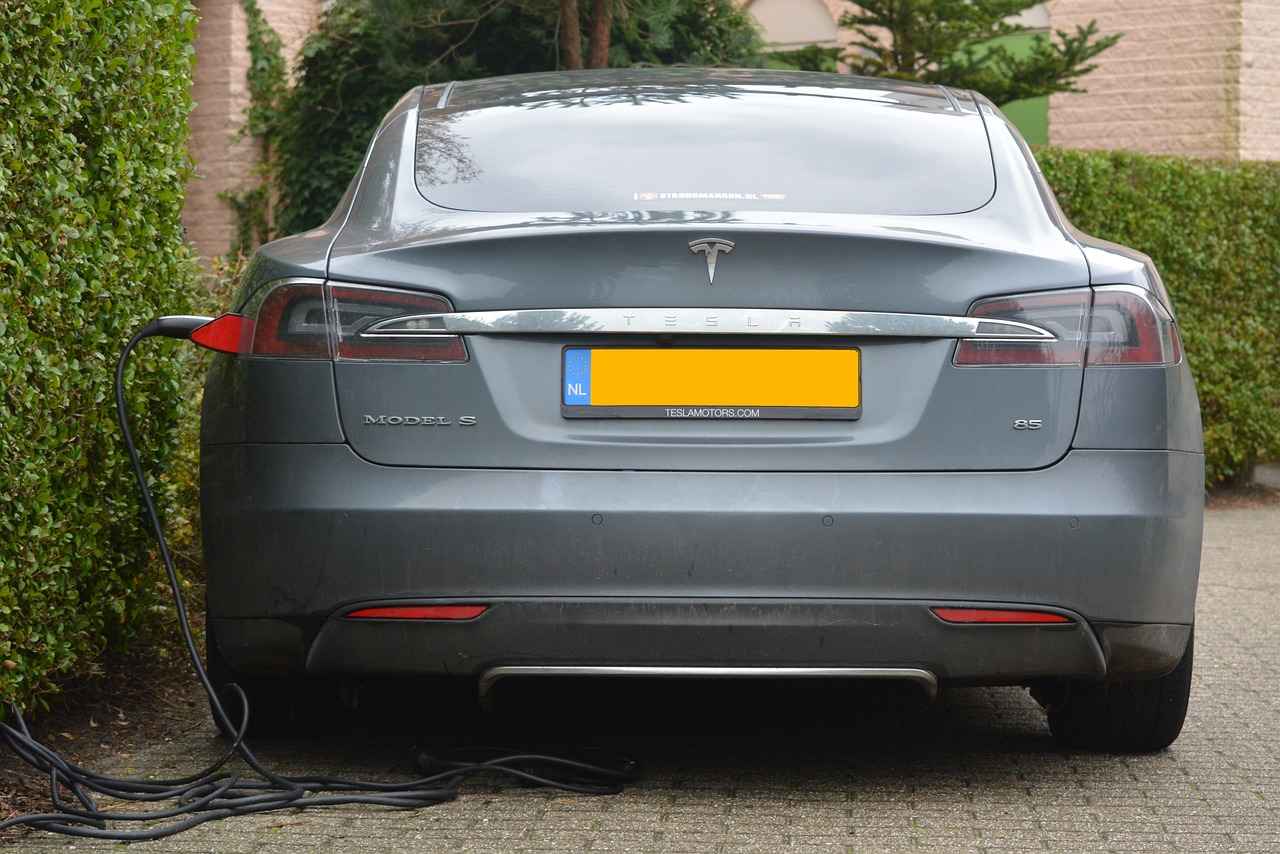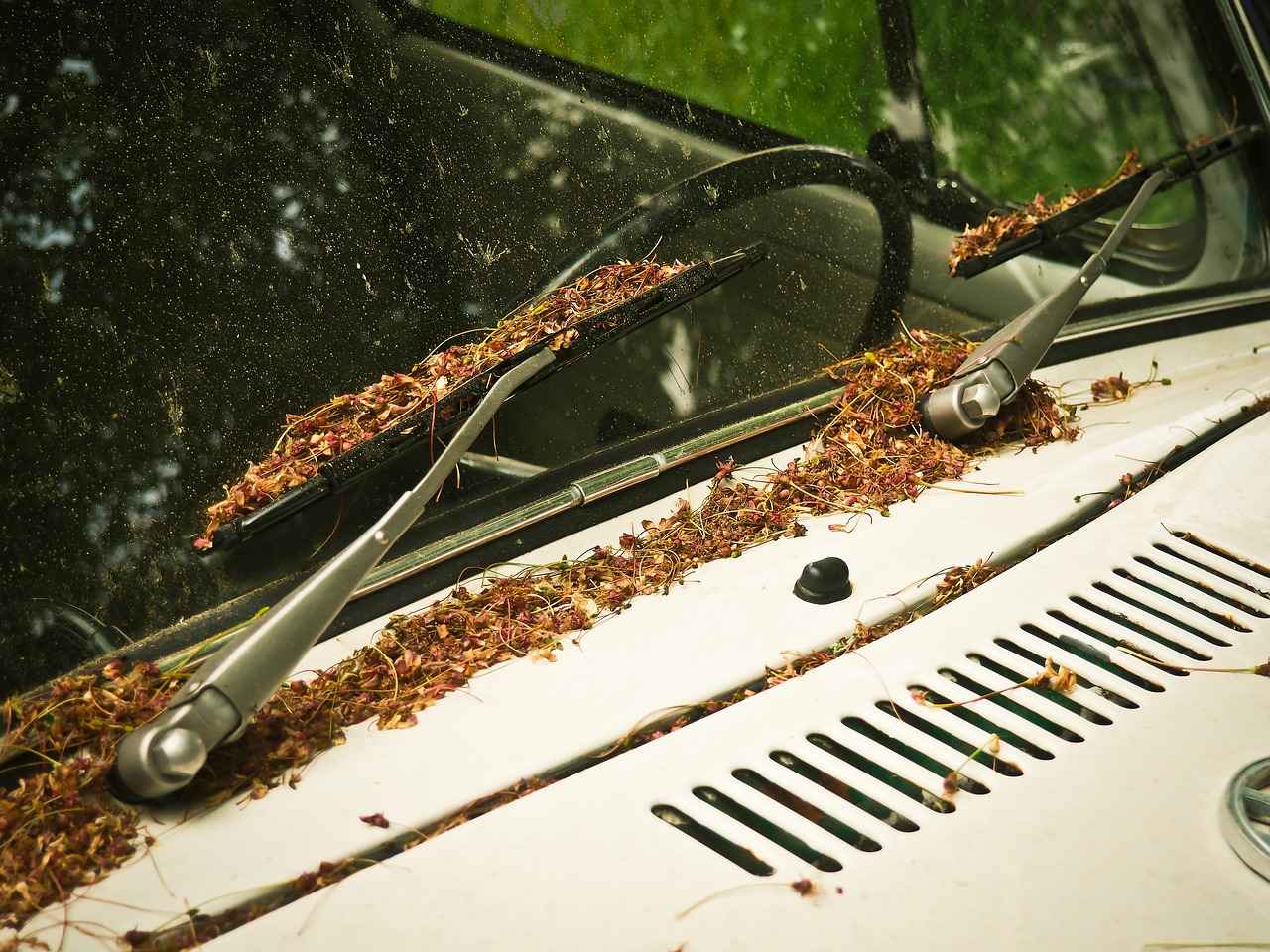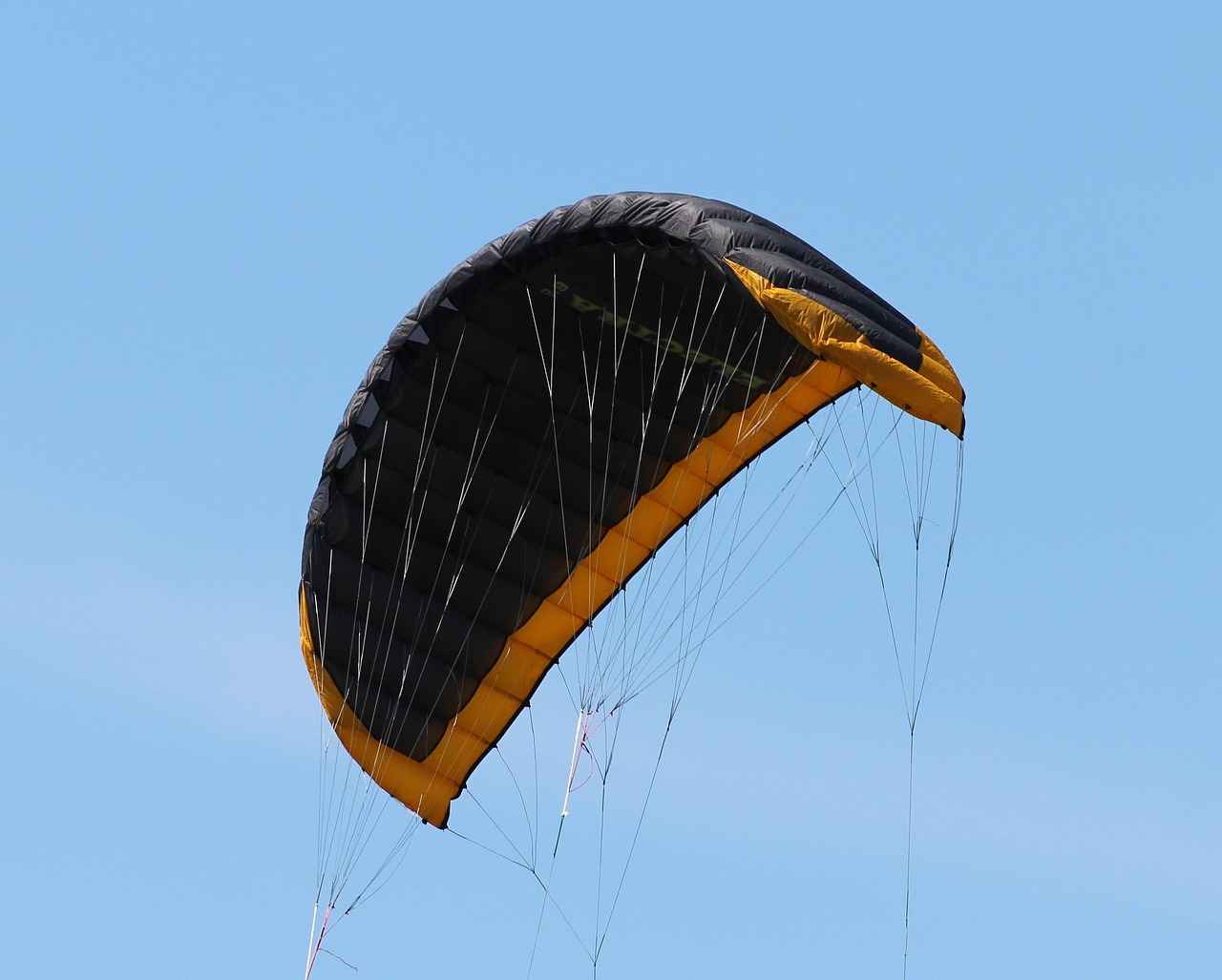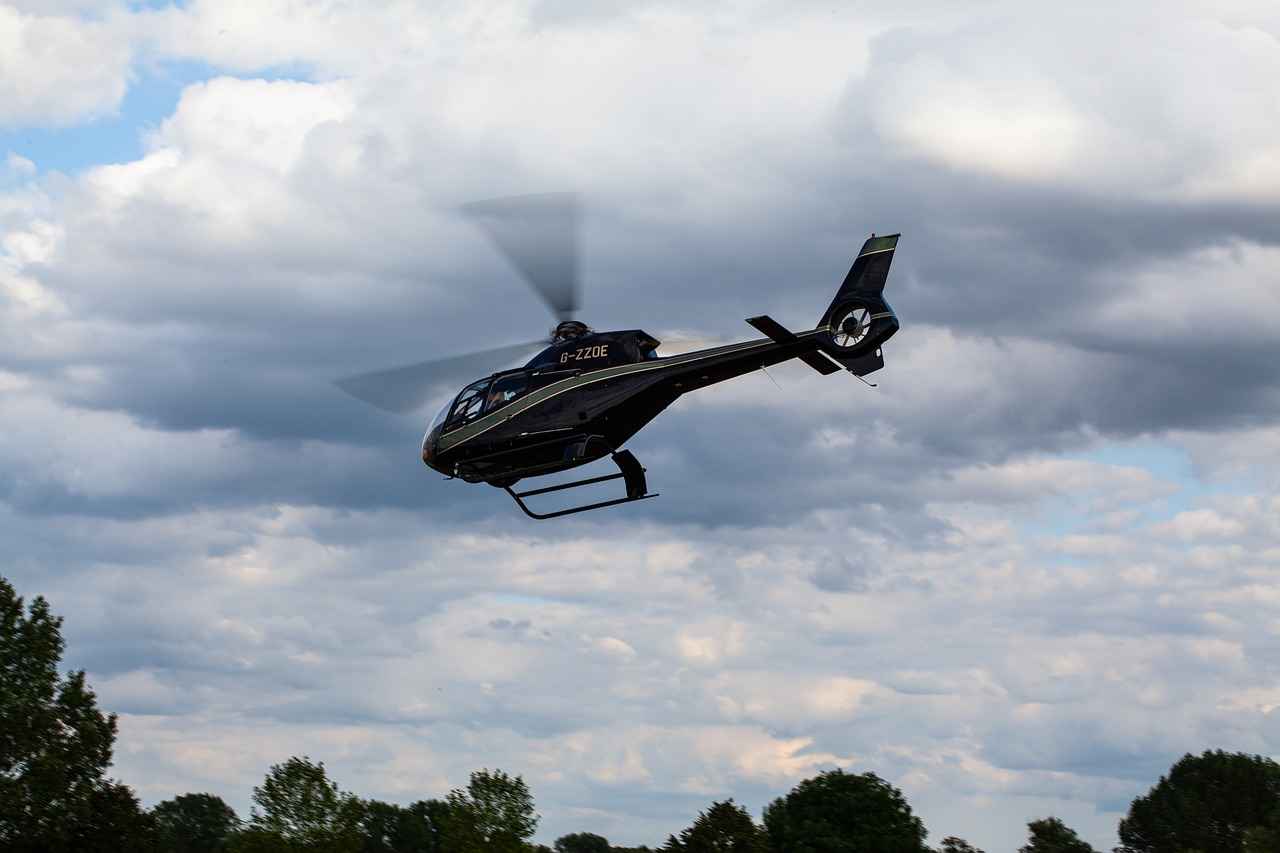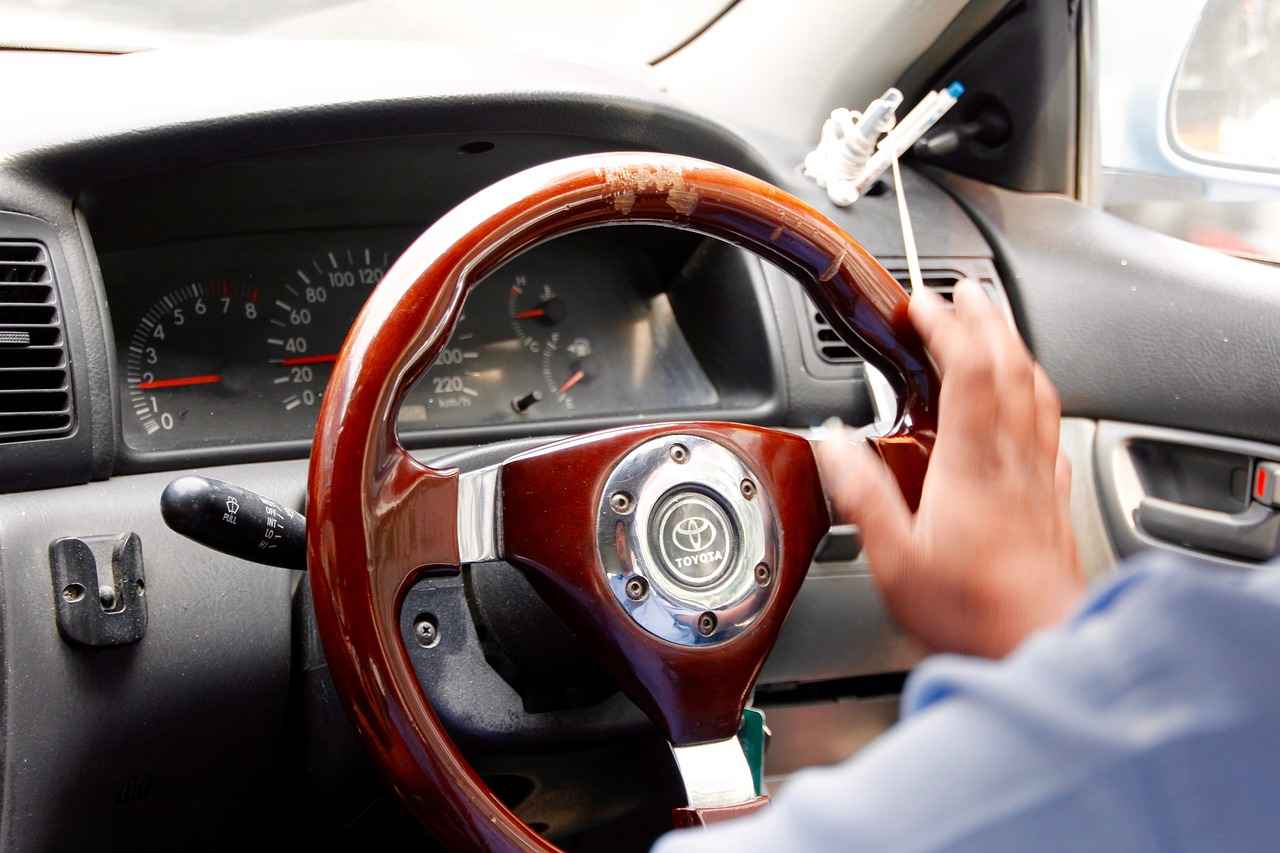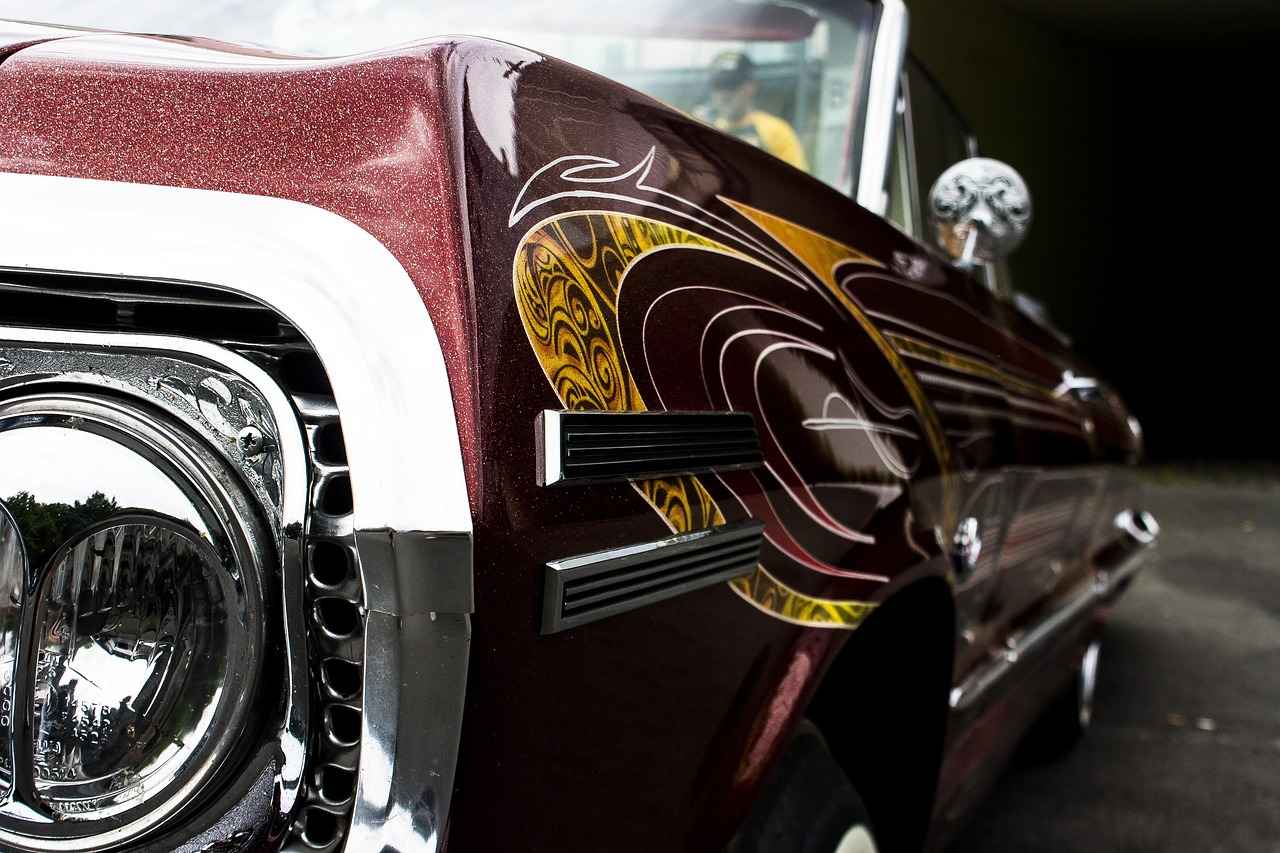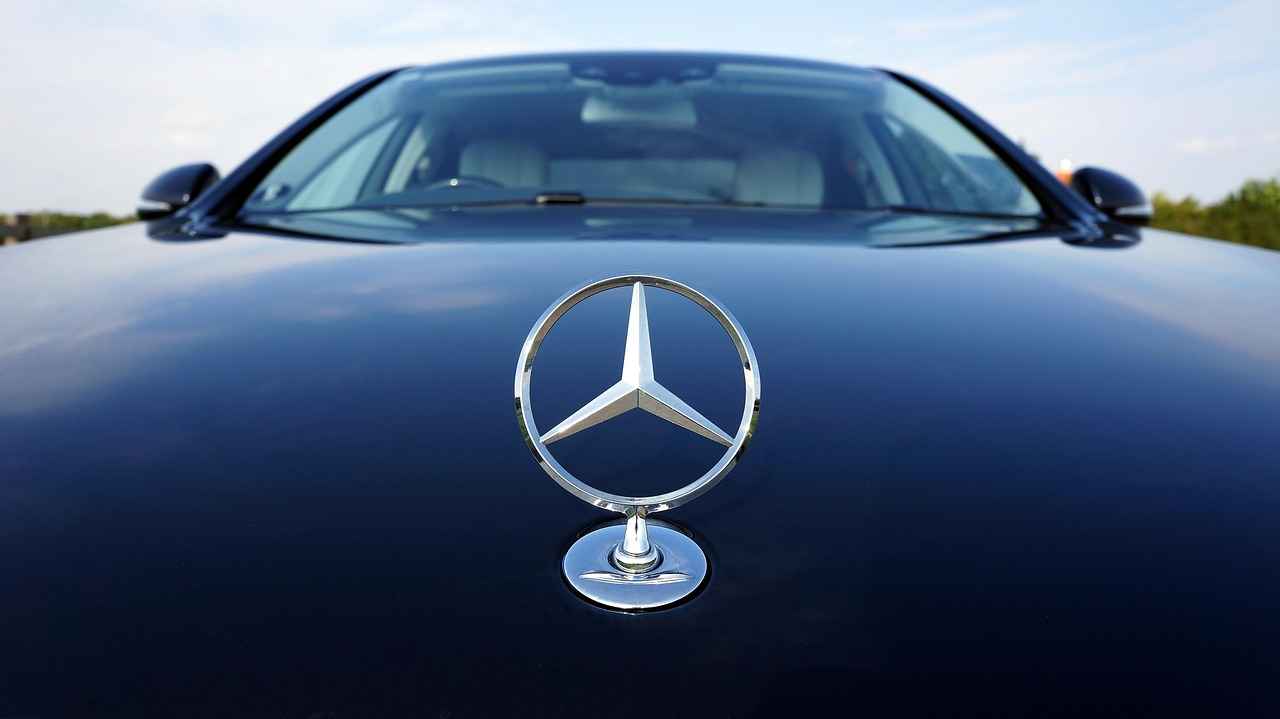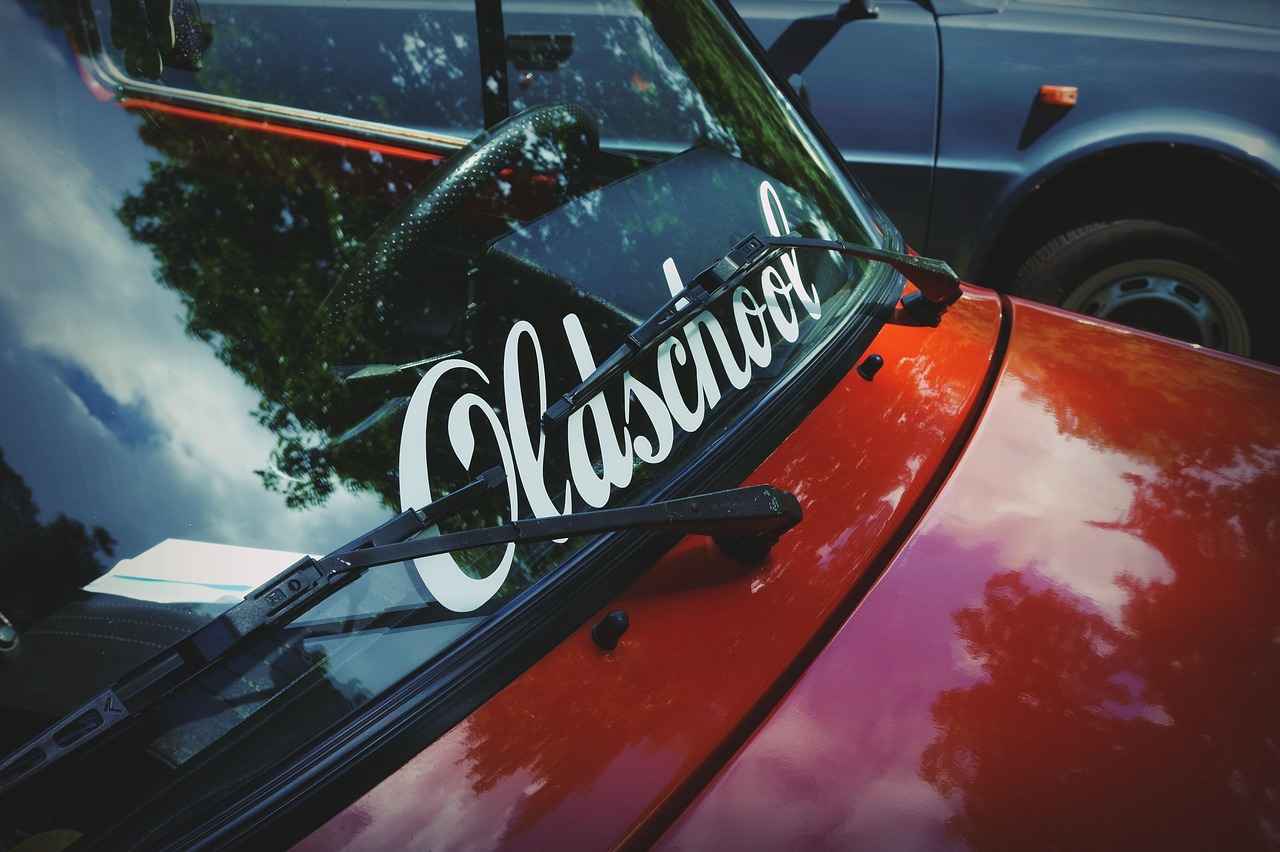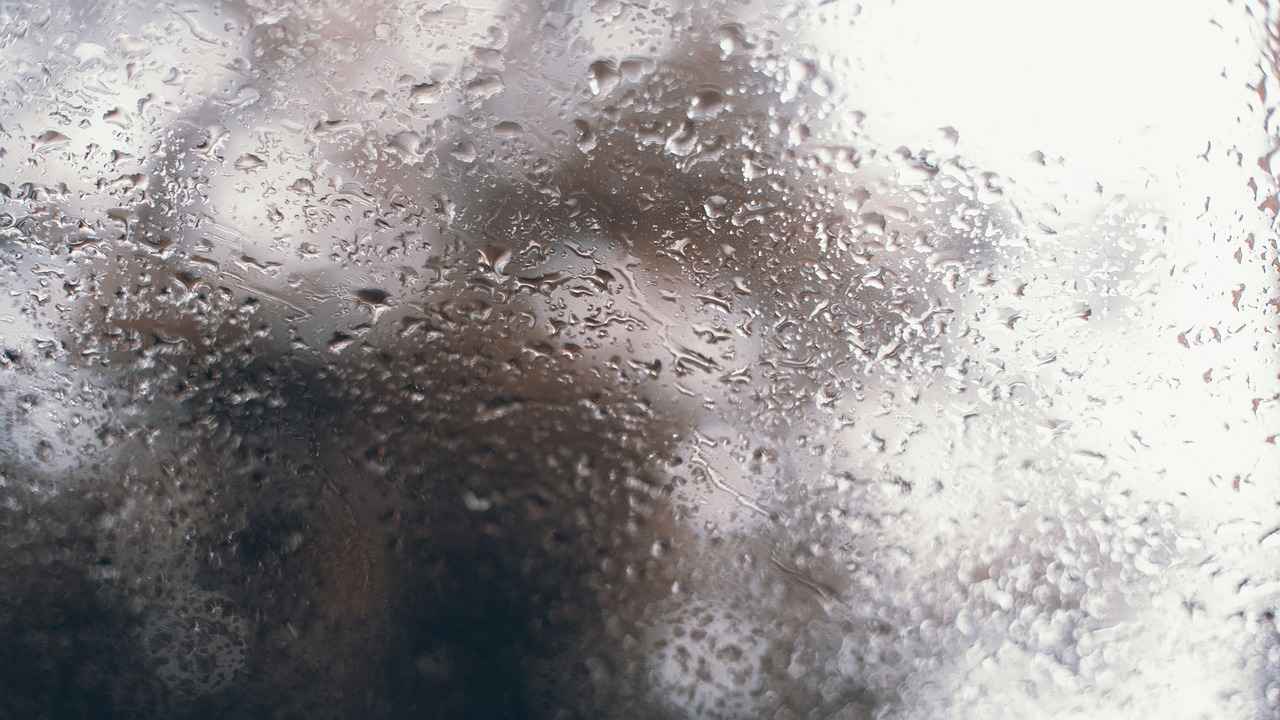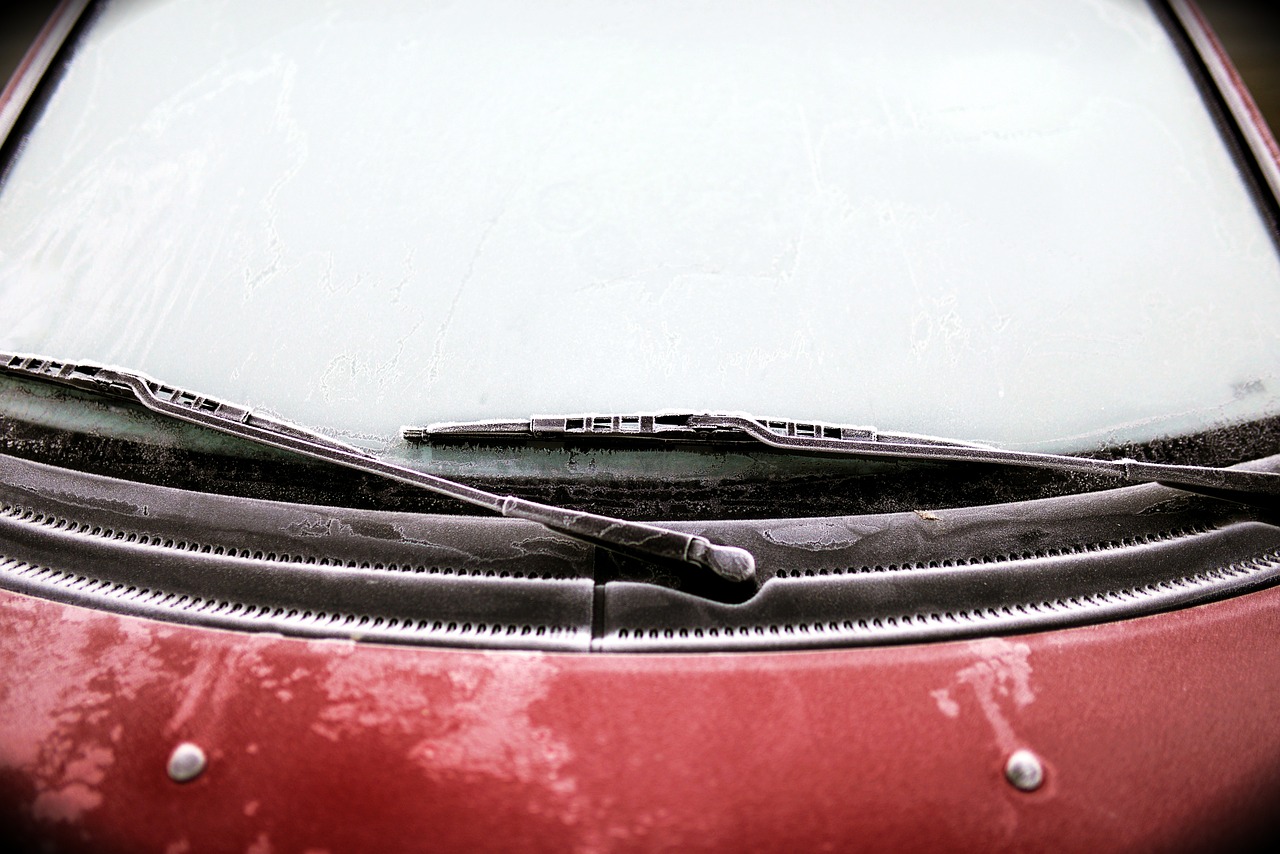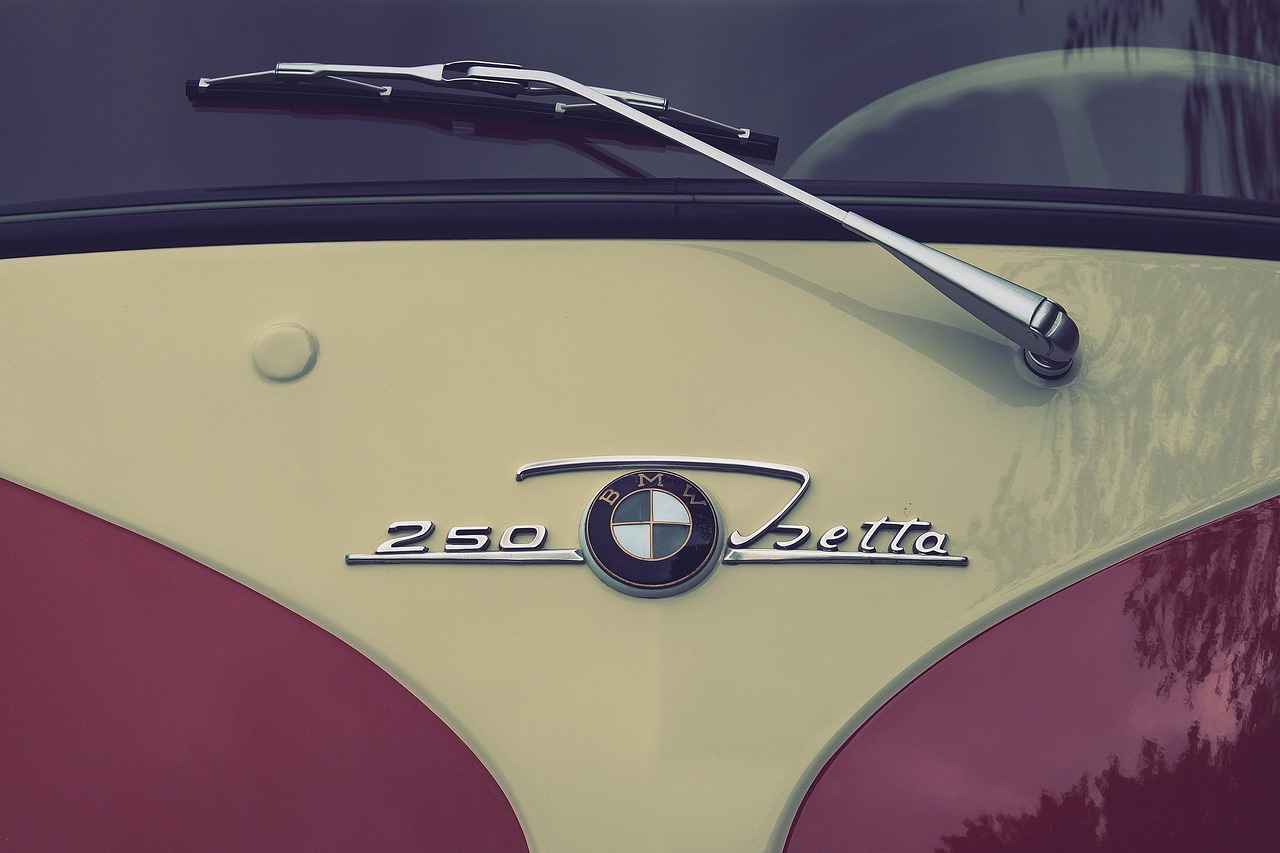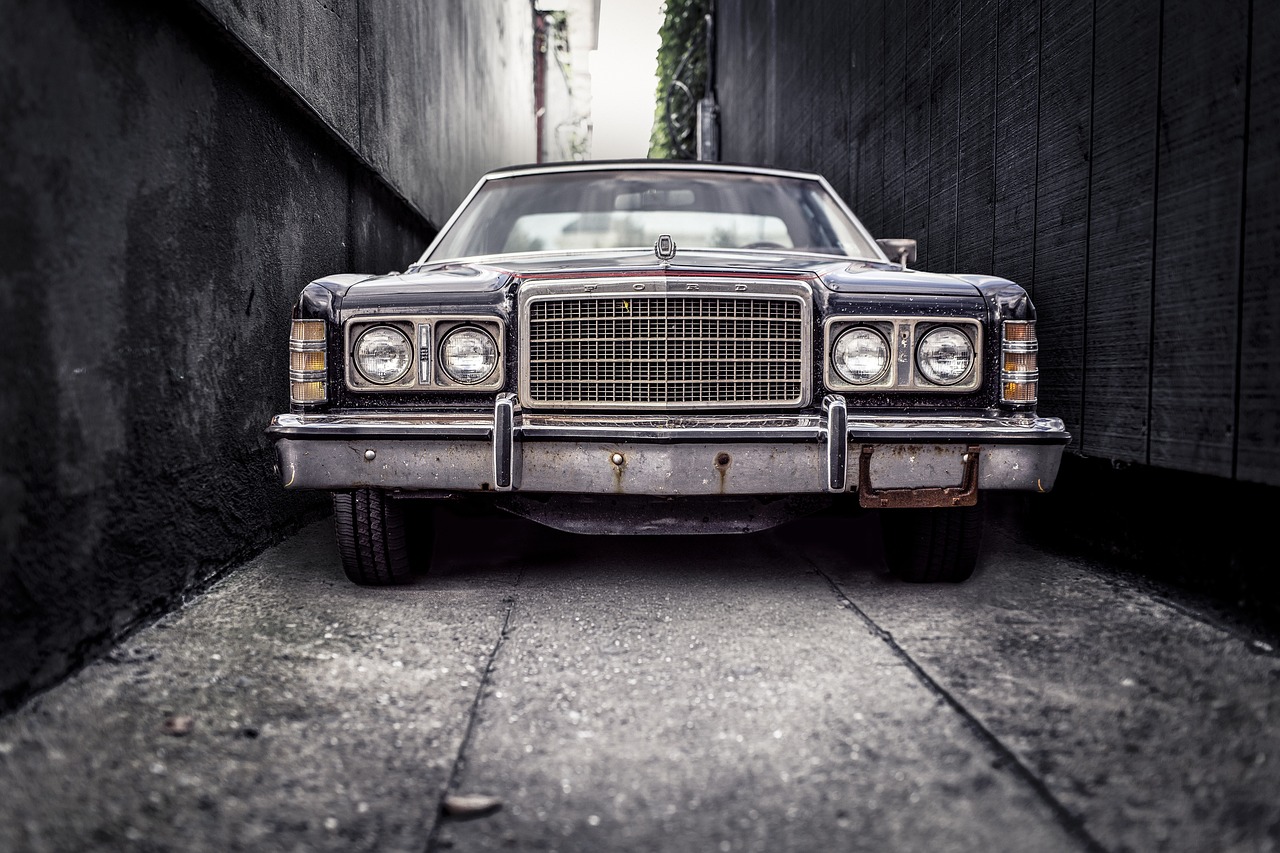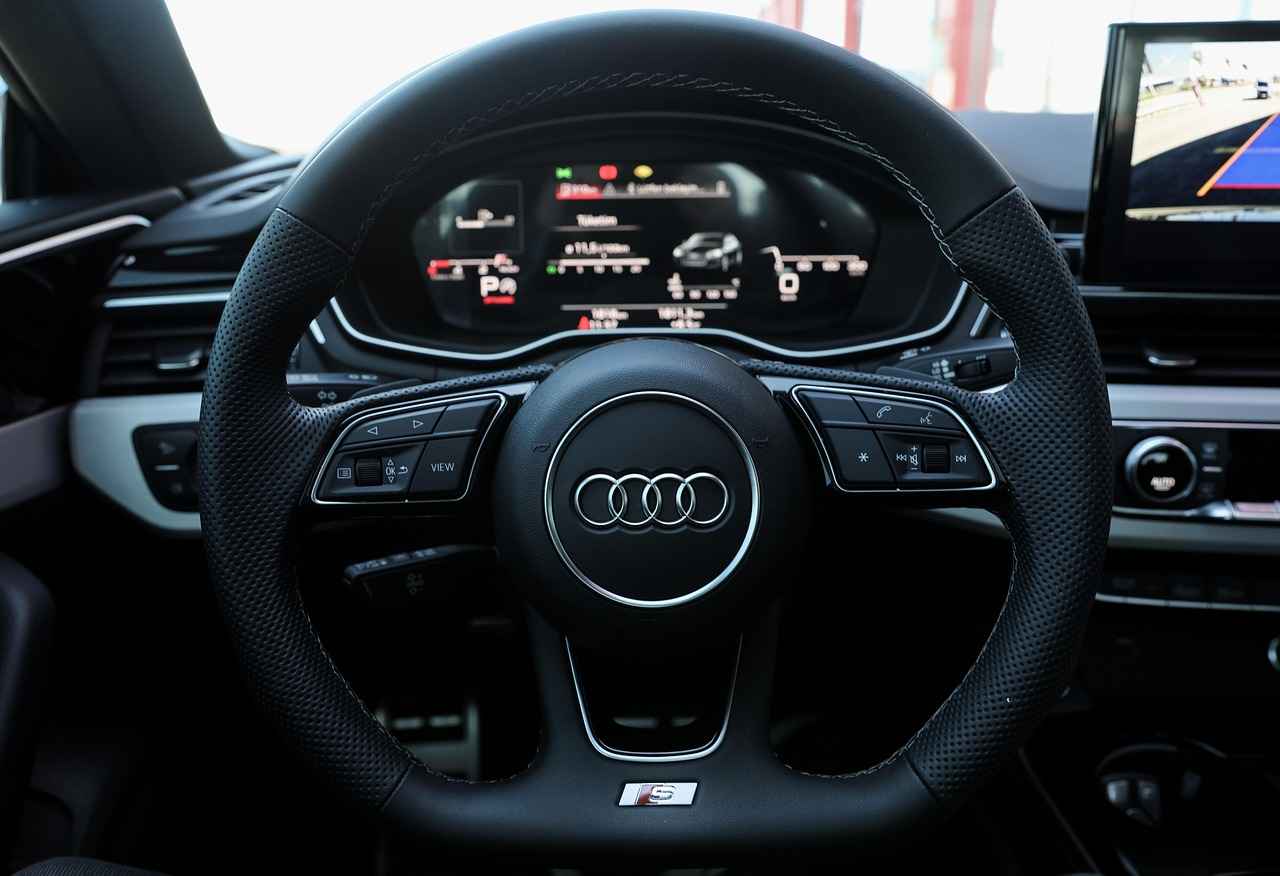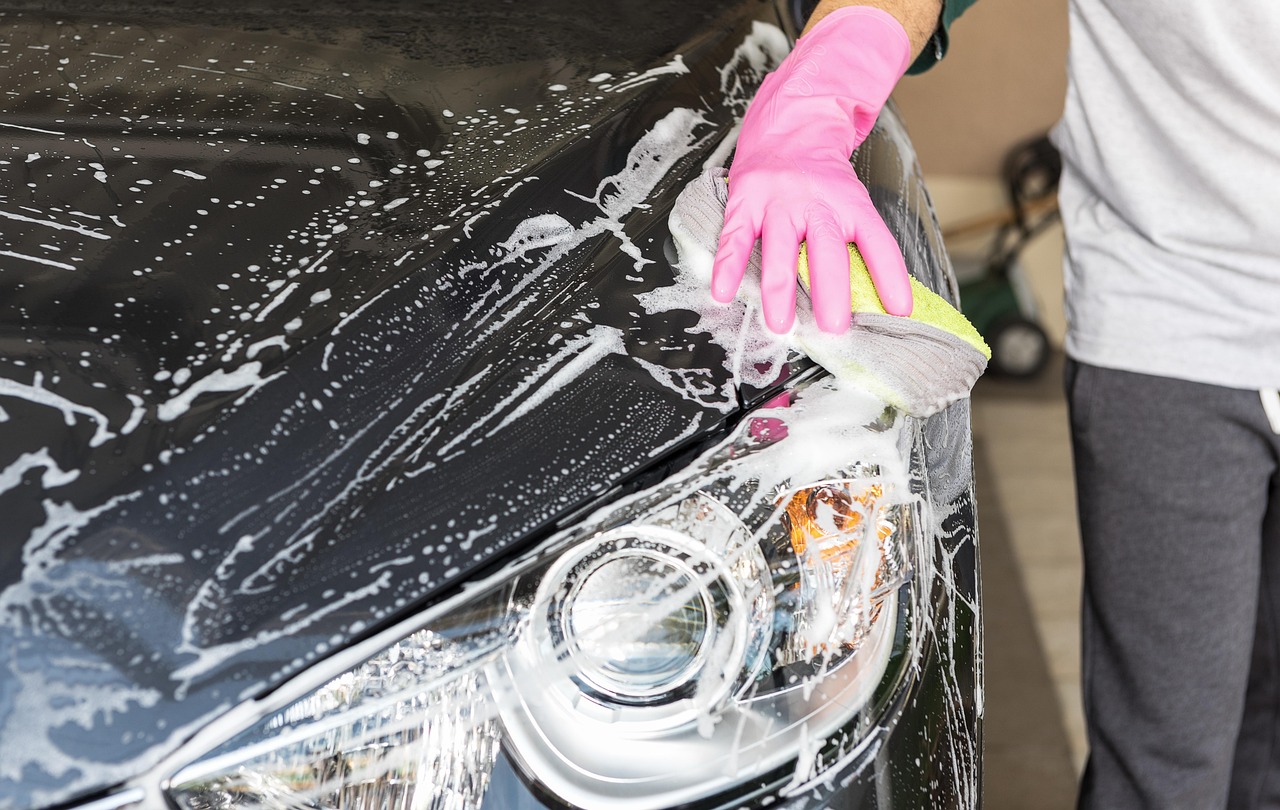The choice between silicone windshield wipers and traditional rubber wipers can significantly impact your driving experience. This article delves into the differences in longevity and performance between these two types of wipers, providing you with the information necessary to make an informed decision for your vehicle.
Silicone windshield wipers are crafted from a unique silicone rubber material, which offers several advantages over traditional rubber wipers. They are designed to provide enhanced durability, better performance in various weather conditions, and a longer lifespan. Unlike their rubber counterparts, silicone wipers resist degradation from UV rays and extreme temperatures, making them an attractive option for many drivers.
Traditional windshield wipers are primarily made from natural rubber, which is more susceptible to wear and tear. Over time, these wipers can crack, fade, and lose their effectiveness. Understanding the typical lifespan of these wipers, which averages around six months to a year, is crucial when evaluating their value compared to silicone options.
- Longevity: Silicone wipers can last up to two to three times longer than traditional rubber wipers.
- Weather Resistance: They remain flexible and functional in extreme heat, cold, and moisture.
- Performance: Silicone wipers provide a smoother, streak-free wipe, improving visibility during rain.
Yes, silicone wipers excel in wet conditions. Their design allows for a more effective water removal, reducing streaks and enhancing visibility. This is particularly important for safety during heavy rain, where clear visibility is paramount.
Silicone wipers maintain their flexibility in both high and low temperatures, unlike traditional rubber wipers, which can become brittle or lose elasticity. This resilience means that silicone wipers are less likely to fail in harsh weather conditions, providing reliable performance year-round.
Despite their numerous advantages, silicone wipers do come with some drawbacks. The initial cost of silicone wipers is typically higher than that of traditional rubber wipers, which may deter some consumers. However, considering their longevity and performance, the investment may be worthwhile in the long run.
Several factors can influence the lifespan of both silicone and traditional windshield wipers:
- Climate: Extreme weather conditions can significantly impact wiper longevity.
- Usage Frequency: Frequent use can lead to faster wear and tear.
- Maintenance Practices: Regular cleaning and care can extend the life of your wipers.
Extreme weather, such as intense sunlight or harsh winters, can accelerate the degradation of windshield wipers. Silicone wipers generally outperform traditional rubber options in these conditions, making them a better choice for drivers in varying climates.
To maximize the life of your windshield wipers, consider the following maintenance tips:
- Regular Cleaning: Wipe the blades and windshield to remove dirt and debris.
- Inspect for Damage: Regularly check for cracks or wear in the wiper blades.
- Replace When Necessary: Don’t wait until performance declines; replace wipers proactively.
In conclusion, while both silicone and traditional rubber wipers have their pros and cons, silicone wipers stand out for their longevity and superior performance in various weather conditions. By understanding these differences and considering your specific driving needs, you can make an informed choice that enhances your driving experience.
![]()
What Are Silicone Windshield Wipers?
Silicone windshield wipers are revolutionizing the way we think about vehicle maintenance and safety. Unlike traditional rubber wipers, which have been the standard for decades, silicone wipers offer enhanced durability and performance. This article delves into the specifics of silicone windshield wipers, their advantages, and how they compare to their rubber counterparts.
Silicone windshield wipers are crafted from high-quality silicone rubber, a material known for its resilience and longevity. This innovative design results in several key benefits that set silicone wipers apart from traditional options. For instance, silicone wipers are engineered to withstand extreme weather conditions, including intense heat and freezing temperatures. This characteristic not only prolongs their lifespan but also ensures consistent performance throughout the year.
One of the most significant advantages of silicone wipers is their resistance to UV rays. Traditional rubber wipers often degrade under sun exposure, leading to cracks and diminished effectiveness. In contrast, silicone wipers maintain their integrity, providing a clear and streak-free wipe for an extended period. Additionally, silicone is less prone to hardening or becoming brittle, which is a common issue with rubber wipers over time.
Visibility is crucial for safe driving, especially during adverse weather conditions. Silicone windshield wipers are designed to offer a smoother wipe, effectively removing water and debris without leaving streaks. This enhanced performance is vital for ensuring that drivers maintain optimal visibility during rain or snow. Many users report a noticeable difference in clarity when switching to silicone wipers, making them a preferred choice for safety-conscious drivers.
When it comes to longevity, silicone wipers significantly outperform traditional rubber wipers. Studies show that silicone can last up to twice as long as rubber, making them a cost-effective investment in the long run. Their durability is not just a matter of time; it also means fewer replacements and less waste, aligning with environmentally friendly practices.
While silicone wipers have numerous advantages, they do come with some downsides. The initial cost of silicone wipers is typically higher than that of traditional rubber wipers. However, considering their longevity and performance, many drivers find that the investment pays off over time. Additionally, some users may find silicone wipers to be slightly noisier during operation compared to their rubber counterparts, although this can vary based on the specific product and vehicle type.
To maximize the lifespan of silicone wipers, regular maintenance is essential. Here are some practical tips:
- Clean the Blades: Regularly wipe down the wiper blades with a soft cloth to remove dirt and debris.
- Inspect for Damage: Routinely check the wiper edges for any signs of wear or damage.
- Keep Your Windshield Clean: A clean windshield reduces the strain on wipers and enhances their performance.
By following these maintenance practices, drivers can ensure that their silicone windshield wipers perform optimally throughout their lifespan.
In summary, silicone windshield wipers represent a significant advancement in automotive technology. With their superior durability, enhanced visibility, and resistance to harsh weather conditions, they are an excellent choice for any driver looking to improve their vehicle’s performance. While they may come at a higher initial cost, the long-term benefits make them a worthwhile investment.
![]()
How Do Traditional Wipers Compare?
When it comes to windshield wipers, understanding the differences between traditional and silicone options is essential for maintaining visibility and safety while driving. Traditional windshield wipers, typically made from natural rubber, have been the standard choice for many years. However, their performance and longevity can vary significantly based on several factors.
Traditional wipers are known for their affordability and availability, making them a common choice among vehicle owners. However, they are prone to degradation over time, especially when exposed to harsh environmental conditions. Factors such as UV rays, extreme temperatures, and moisture can lead to cracking, stiffness, and reduced effectiveness.
The lifespan of traditional rubber wipers can range from six months to a year, depending on usage and environmental factors. Regular exposure to sunlight can cause the rubber to deteriorate more quickly, leading to a need for more frequent replacements. In contrast, silicone wipers often last significantly longer, sometimes up to three years or more.
As traditional wipers age, their performance can decline. Common issues include:
- Streaking: Worn rubber may not make proper contact with the windshield, leading to streaks that impair visibility.
- Noise: Old wipers can produce squeaking or chattering sounds as they move across the glass.
- Skipping: Degraded blades may skip over the surface, failing to wipe away water effectively.
Despite their limitations, traditional wipers do have some advantages. They are generally less expensive than silicone options, making them an attractive choice for budget-conscious consumers. Additionally, they are widely available and can be easily replaced without the need for specialized knowledge or tools.
Weather plays a crucial role in the longevity and performance of traditional wipers. In hot climates, the rubber can dry out and crack, while in cold climates, wipers can become brittle and lose flexibility. Regular maintenance, such as cleaning the blades and windshield, can help mitigate some of these effects, but it cannot entirely prevent degradation.
When deciding between traditional and silicone wipers, consider the following factors:
- Climate: Evaluate the typical weather conditions in your area.
- Driving Frequency: If you drive frequently in adverse weather, investing in higher-quality silicone wipers may be worthwhile.
- Budget: Determine how much you are willing to spend on wiper replacements.
Ultimately, while traditional wipers offer a cost-effective solution, their performance and lifespan may not match that of silicone alternatives. By understanding these differences, you can make a more informed decision that best suits your driving needs.
What Are the Benefits of Silicone Wipers?
When it comes to choosing the right windshield wipers for your vehicle, understanding the benefits of silicone wipers can significantly influence your decision. These wipers are becoming increasingly popular among drivers for several compelling reasons.
One of the most notable advantages of silicone windshield wipers is their exceptional durability. Unlike traditional rubber wipers, which can wear out quickly due to exposure to the elements, silicone wipers are designed to resist the damaging effects of UV rays, extreme heat, and freezing temperatures. This resistance allows them to maintain their integrity and effectiveness much longer, making them a wise investment for drivers seeking longevity.
Silicone wipers excel in diverse weather conditions. Their ability to function effectively in both hot and cold environments means that drivers in regions with fluctuating climates can rely on them year-round. Traditional rubber wipers often become brittle in cold weather or lose their shape in the heat, leading to reduced performance and visibility.
Another significant benefit of silicone wipers is their ability to provide a clearer view during rain or adverse weather conditions. The silicone material creates a smoother wipe, reducing streaks and enhancing visibility. This improved performance is crucial for maintaining safety on the road, especially during heavy rain when visibility can be severely compromised.
Silicone wipers also tend to operate more quietly than their rubber counterparts. The smoother surface of silicone results in less friction against the windshield, which means less noise during operation. This feature can contribute to a more pleasant driving experience, particularly on long journeys.
In addition to their resistance to UV rays and temperature extremes, silicone wipers are less susceptible to ozone and chemical degradation. This means they can withstand exposure to various environmental factors that can typically harm rubber wipers, such as industrial pollutants and road grime. As a result, silicone wipers maintain their performance and appearance longer than traditional options.
While the initial cost of silicone wipers may be higher than that of traditional rubber wipers, their longevity and performance can lead to cost savings in the long run. Fewer replacements mean less frequent purchases, making silicone wipers a more economical choice over time.
Silicone wipers are available in various sizes and styles, making them compatible with most vehicle models. Their installation process is typically straightforward, allowing drivers to easily replace their old wipers without professional help. This ease of use is an added benefit for those who prefer to handle maintenance tasks themselves.
In summary, silicone wipers offer numerous benefits that make them a superior choice compared to traditional rubber wipers. With their durability, enhanced visibility, and resistance to various environmental factors, they provide a reliable solution for drivers seeking optimal performance and longevity. Investing in silicone windshield wipers can enhance safety, reduce noise, and ultimately save money over time.
Do Silicone Wipers Perform Better in Rain?
When it comes to ensuring safety on the road during rainy conditions, the choice of windshield wipers can make a significant difference. Silicone wipers have gained popularity for their ability to provide a smoother wipe and enhance visibility, particularly in wet weather. This article delves into the performance of silicone wipers, comparing them to traditional rubber options, and highlights why they are often considered a superior choice for driving in heavy rain.
Silicone windshield wipers are engineered to outperform traditional rubber wipers in various aspects. One of the most notable benefits is their ability to reduce streaks on the windshield, which is crucial for maintaining clear visibility during downpours. Unlike conventional rubber wipers, silicone blades are less prone to wear and tear, meaning they can last longer while delivering consistent performance.
Driving in heavy rain can be challenging, and the last thing any driver wants is compromised visibility. Silicone wipers excel in this area by providing a clear and streak-free wipe. This is achieved through their unique design and material properties, which allow them to conform better to the windshield’s surface. As a result, drivers experience improved visibility, which is essential for making informed driving decisions in adverse weather conditions.
In addition to their rain performance, silicone wipers are also designed to withstand extreme temperatures. They maintain their flexibility in both high heat and freezing cold, unlike traditional rubber wipers that can become brittle and crack over time. This resilience means that silicone wipers are not only effective in rain but also in various weather conditions, making them a versatile choice for drivers.
While the initial investment in silicone wipers may be higher than that of traditional rubber options, their longevity and performance can lead to cost savings over time. Drivers won’t need to replace them as frequently, which can offset the higher upfront cost. This makes silicone wipers a smart investment for those who prioritize safety and performance.
In summary, silicone windshield wipers offer a range of benefits that enhance driving safety during rainy conditions. Their ability to provide a smoother wipe, reduce streaks, and maintain performance in extreme temperatures makes them a superior choice compared to traditional rubber wipers. For drivers seeking improved visibility and safety during adverse weather, investing in silicone wipers is a decision that can yield significant advantages.
How Do They Handle Extreme Temperatures?
When it comes to maintaining visibility and safety on the road, windshield wipers play a crucial role. Among the various options available, silicone wipers stand out for their ability to handle extreme temperatures effectively. This article delves into how silicone wipers perform under both intense heat and frigid cold, highlighting their advantages over traditional rubber wipers.
Silicone wipers are engineered to withstand high temperatures without losing their effectiveness. Unlike traditional rubber wipers, which can warp, crack, or become brittle when exposed to prolonged heat, silicone maintains its flexibility and durability. This resilience is particularly beneficial for drivers in hot climates, where the sun can degrade rubber wipers quickly. The unique composition of silicone allows it to resist UV rays, ensuring that the wipers remain functional for a longer period.
In addition to their performance in heat, silicone wipers excel in cold conditions as well. Traditional rubber wipers may freeze or stiffen in low temperatures, leading to decreased performance and potential damage to the windshield. In contrast, silicone wipers retain their flexibility even in freezing temperatures, providing a consistent and effective wipe. This characteristic is essential for maintaining visibility during winter storms or icy conditions, where effective wipers can make a significant difference in safety.
The reliability of silicone wipers in extreme temperatures can be attributed to their innovative design and materials. Silicone rubber is inherently more resistant to environmental factors, which ensures that the wipers do not deteriorate as quickly as their rubber counterparts. This longevity translates to fewer replacements and less waste, making silicone wipers a more sustainable choice.
While silicone wipers offer numerous benefits, it’s important to consider their limitations as well. One notable drawback is their initial cost, which is typically higher than traditional rubber wipers. However, this investment can be justified by the extended lifespan and superior performance, particularly in extreme weather conditions. Additionally, some users may find that silicone wipers do not perform as well in certain specific scenarios, such as heavy snowfall, where a more robust design may be required.
Regardless of the type of wipers you choose, proper maintenance is key to maximizing their lifespan. Regularly cleaning the wiper blades and windshield can help prevent dirt and debris from accumulating, which can lead to scratches and decreased effectiveness. Additionally, inspecting the wipers for signs of wear and replacing them as needed will ensure that you always have optimal visibility.
In summary, silicone wipers are an excellent choice for those who frequently drive in extreme temperatures. Their ability to maintain flexibility and performance in both heat and cold makes them a reliable option compared to traditional rubber wipers. By investing in silicone wipers and following proper maintenance practices, drivers can enhance their safety and visibility on the road.
What Are the Drawbacks of Silicone Wipers?
When considering windshield wipers, many drivers are drawn to the advantages of silicone wipers. However, it is essential to also understand the drawbacks associated with them. While silicone wipers are known for their durability and performance, there are factors that may impact your decision.
One of the most significant drawbacks of silicone wipers is their initial cost. Typically, these wipers come with a higher price tag compared to traditional rubber wipers. For budget-conscious consumers, this can be a major deterrent. While the long-term benefits may justify the expense, the upfront investment can be a barrier for many.
Another consideration is the availability of silicone wipers. Depending on your location, finding the right size and model may prove challenging. Traditional rubber wipers are widely available and can be found at most auto parts stores. In contrast, silicone options may not be as readily accessible, which can pose a problem for those looking to replace their wipers quickly.
Silicone wipers may not be compatible with all vehicle makes and models. It is crucial to ensure that the specific silicone wipers you are considering will fit your vehicle appropriately. Some vehicles may require an adapter, adding to the complexity of installation and potentially leading to additional costs.
While silicone wipers excel in many areas, they may not perform as well in extreme weather conditions compared to traditional rubber wipers. For instance, in heavy snow or ice, silicone wipers can sometimes struggle to clear the windshield effectively. This limitation may lead some drivers to prefer traditional options in regions prone to harsh winter conditions.
Another drawback is the potential for noise during operation. Some users report that silicone wipers can be noisier than their rubber counterparts, particularly when used on dry windshields. This can be distracting and may diminish the overall driving experience.
While silicone wipers are designed to withstand extreme temperatures, they may become less flexible over time. This can affect their ability to conform to the windshield, leading to decreased performance. Traditional rubber wipers, while they may degrade faster, can sometimes maintain their flexibility longer in certain conditions.
In summary, while silicone wipers offer numerous benefits, including longevity and performance, they also come with notable drawbacks. The higher initial cost, limited availability, compatibility issues, performance in extreme conditions, potential for noise, and decreased flexibility over time are factors to consider. By weighing these pros and cons, you can make a more informed decision about the best windshield wipers for your vehicle.
![]()
What Factors Affect the Lifespan of Windshield Wipers?
When it comes to ensuring clear visibility while driving, the importance of windshield wipers cannot be overstated. However, the lifespan of these essential components can vary significantly based on several factors. Understanding what affects the longevity of windshield wipers, whether silicone or traditional rubber, is crucial for maintaining optimal performance and safety on the road.
Several key factors can influence the lifespan of both silicone and traditional windshield wipers. By being aware of these elements, you can take proactive measures to maximize the durability of your wipers and ensure they perform at their best.
- Climate Conditions: The environment in which you drive plays a significant role in the wear and tear of your wipers. Extreme temperatures, whether hot or cold, can cause materials to degrade. Silicone wipers, known for their resilience, typically withstand harsh weather better than traditional rubber wipers.
- Usage Frequency: How often you use your wipers directly impacts their lifespan. Frequent use, especially in adverse weather conditions, can lead to quicker wear. For instance, if you live in a rainy area, investing in durable silicone wipers might be more beneficial in the long run.
- Maintenance Practices: Regular maintenance can significantly extend the life of your wipers. Cleaning the blades and windshield removes debris that can cause scratches and reduce effectiveness. Additionally, checking for any signs of wear and replacing wipers as needed can prevent further damage.
- Quality of Wipers: Not all wipers are created equal. Higher-quality silicone wipers can outperform traditional rubber options in terms of longevity and performance. It’s essential to choose wipers that are specifically designed to handle your driving conditions.
- Installation: Proper installation of windshield wipers ensures they make adequate contact with the windshield. Poorly installed wipers may lift off the glass or fail to clear water effectively, leading to premature wear.
Climate is one of the most significant factors affecting the lifespan of windshield wipers. In regions with intense sunlight, traditional rubber wipers can become brittle and crack, while silicone wipers are designed to resist UV damage. Conversely, in areas with extreme cold, rubber can stiffen and lose flexibility, leading to ineffective wiping. Silicone wipers maintain their flexibility in both hot and cold conditions, making them a reliable choice for diverse climates.
To ensure your windshield wipers last as long as possible, consider implementing the following maintenance practices:
- Regular Cleaning: Clean your wiper blades regularly with a soft cloth and a mild detergent to remove dirt and grime.
- Inspect for Damage: Routinely check your wipers for any signs of wear, such as cracks or fraying, and replace them if necessary.
- Keep the Windshield Clean: A clean windshield reduces the strain on wipers, preventing scratches and ensuring a clear view.
- Use Wipers Wisely: Avoid using wipers on dry windshields or during freezing conditions, as this can cause unnecessary wear.
By understanding the factors that affect the lifespan of windshield wipers, you can make informed decisions about maintenance and replacement. This knowledge not only enhances your driving experience but also contributes to your overall safety on the road.
How Does Climate Impact Wiper Longevity?
Understanding how climate impacts the longevity of windshield wipers is crucial for vehicle maintenance. Extreme weather conditions can lead to accelerated wear and tear, affecting visibility and safety on the road. In this section, we will explore the effects of various climatic factors on both silicone and traditional windshield wipers.
Prolonged exposure to intense sunlight and UV rays can significantly degrade traditional rubber wipers. The natural rubber used in these wipers tends to break down, becoming brittle and less effective over time. In contrast, silicone wipers are engineered to resist UV damage, maintaining their flexibility and performance even under harsh sunlight. This resistance not only extends their lifespan but also ensures that they continue to provide a clear view during driving.
During winter, windshield wipers face unique challenges, including ice, snow, and freezing temperatures. Traditional rubber wipers can become stiff and lose their ability to conform to the windshield, resulting in poor performance. Silicone wipers, however, remain flexible in cold conditions, allowing them to effectively clear ice and snow. This adaptability is essential for drivers in regions that experience severe winters, as it enhances both safety and visibility.
Rainy climates can also impact the longevity of windshield wipers. Traditional rubber wipers often struggle with streaking and skipping due to wear from constant contact with moisture. Silicone wipers provide a smoother wipe, reducing streaks and enhancing visibility. Their ability to repel water and resist mold growth further contributes to their durability in humid environments, making them a better choice for areas with frequent rainfall.
Regions that experience significant temperature fluctuations can pose a challenge for both types of wipers. Traditional rubber may crack or warp when exposed to extreme heat or cold, leading to decreased functionality. Silicone wipers, however, are designed to withstand such temperature variations without losing their structural integrity. This characteristic allows them to perform reliably, regardless of the weather conditions.
Regardless of the type of wiper, regular maintenance plays a critical role in extending their lifespan. Cleaning the blades and windshield regularly can help remove dirt and debris that may cause wear. For silicone wipers, simply wiping them down with a soft cloth can help maintain their effectiveness. In contrast, traditional rubber wipers may require more frequent replacement due to their susceptibility to environmental damage.
In summary, climate plays a significant role in determining the longevity of windshield wipers. Silicone wipers generally outperform traditional rubber options in extreme conditions, including intense sunlight, harsh winters, and fluctuating temperatures. Their ability to resist environmental factors and maintain performance makes them a superior choice for drivers concerned about safety and visibility. By understanding these impacts, vehicle owners can make informed decisions about which wiper type best suits their driving conditions.
What Maintenance Practices Extend Wiper Life?
When it comes to maintaining the longevity of your windshield wipers, regular upkeep is crucial. This is especially true for both silicone and traditional rubber wipers. By implementing a few simple maintenance practices, you can enhance their performance and extend their lifespan significantly.
Windshield wipers are essential for ensuring clear visibility during adverse weather conditions. Over time, dirt, grime, and debris can accumulate on the wiper blades, leading to decreased effectiveness. Regular maintenance helps to prevent this buildup, ensuring that your wipers function optimally.
- Step 1: Lift the wiper arm away from the windshield.
- Step 2: Use a clean cloth or paper towel dampened with water or a mild glass cleaner.
- Step 3: Wipe the blade gently, removing any dirt or debris.
- Step 4: Repeat on both sides of the blade for thorough cleaning.
Cleaning your wiper blades regularly, ideally every few weeks, can help maintain their effectiveness and prevent streaking on your windshield.
In addition to cleaning the wipers, keeping your windshield clean is equally important. A dirty windshield can cause wipers to wear out faster due to increased friction. Use a quality glass cleaner and a microfiber cloth to keep your windshield clear. Regular washing, especially during winter months when road salt and grime accumulate, is essential.
Frequent inspections of your wiper blades can help you catch any signs of wear early. Look for:
- Cracks or splits in the rubber or silicone material.
- Frayed edges that may indicate a need for replacement.
- Loss of flexibility, which can affect performance.
By addressing these issues promptly, you can prevent further damage and ensure that your wipers continue to perform well.
Even with regular maintenance, windshield wipers have a limited lifespan. Generally, it is recommended to replace wipers every 6 to 12 months. If you notice any significant decline in performance, such as skipping or streaking, it may be time for a replacement. Investing in high-quality silicone wipers can provide longer-lasting performance compared to traditional options.
If you live in an area with extreme temperatures, consider how you store your wipers. When not in use, ensure they are not exposed to direct sunlight for extended periods, as this can lead to deterioration. If possible, park your vehicle in a garage or shaded area to protect the wipers from UV damage.
Using the appropriate windshield washer fluid can also contribute to the longevity of your wipers. Avoid using plain water, as it may not effectively clean the windshield and can lead to residue buildup. Instead, opt for a quality washer fluid that is designed to work with your wipers and enhance their performance.
In summary, regular maintenance practices such as cleaning the wiper blades, inspecting for damage, and using suitable washer fluid can significantly extend the life of both silicone and traditional wipers. By investing a little time and effort into their upkeep, you can ensure optimal performance and safety while driving.
Frequently Asked Questions
- How long do silicone windshield wipers last compared to traditional wipers?
Silicone windshield wipers generally last much longer than traditional rubber wipers. While traditional wipers might need replacing every 6 to 12 months, silicone wipers can last up to 2 to 3 years, depending on usage and maintenance.
- Are silicone wipers better in extreme weather conditions?
Absolutely! Silicone wipers are designed to withstand extreme temperatures, whether it’s blistering heat or freezing cold. They maintain their flexibility and performance, while traditional rubber wipers can crack or become brittle over time.
- Do silicone wipers provide better visibility during rain?
Yes! Silicone wipers offer a smoother wipe, reducing streaks and enhancing visibility in wet conditions. This is crucial for driving safely in heavy rain, making them a smart choice for those who often face inclement weather.
- What are the downsides of silicone windshield wipers?
While silicone wipers have many advantages, they do come with a higher initial cost compared to traditional wipers. This might deter some buyers, but the long-term benefits often outweigh the initial investment.
- How can I extend the life of my windshield wipers?
Regular maintenance is key! Cleaning your wiper blades and windshield can significantly extend their lifespan. Additionally, avoiding using wipers on dry glass can help prevent unnecessary wear and tear.
